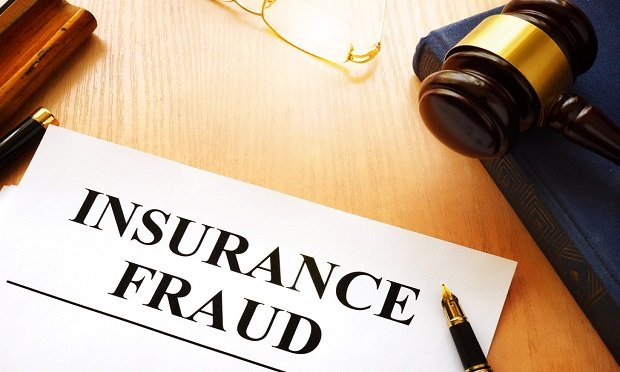 The precipitous drop in P&C insurance claims signals a calm before the storm. Now is the time for insurers to prepare for rising fraud risks. (Photo credit here)
The precipitous drop in P&C insurance claims signals a calm before the storm. Now is the time for insurers to prepare for rising fraud risks. (Photo credit here)
Writing this from the comfort of my home office on a beautiful spring day, I'm very much aware of the relative tranquility around me. Windows open, I hear melodic birdsong carried on the breeze and the subtle rustling of trees. Conspicuously absent? The ceaseless droning of motor vehicles on the streets outside.
Recommended For You
Want to continue reading?
Become a Free PropertyCasualty360 Digital Reader
Your access to unlimited PropertyCasualty360 content isn’t changing.
Once you are an ALM digital member, you’ll receive:
- Breaking insurance news and analysis, on-site and via our newsletters and custom alerts
- Weekly Insurance Speak podcast featuring exclusive interviews with industry leaders
- Educational webcasts, white papers, and ebooks from industry thought leaders
- Critical converage of the employee benefits and financial advisory markets on our other ALM sites, BenefitsPRO and ThinkAdvisor
Already have an account? Sign In Now
© 2025 ALM Global, LLC, All Rights Reserved. Request academic re-use from www.copyright.com. All other uses, submit a request to [email protected]. For more information visit Asset & Logo Licensing.








